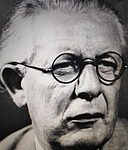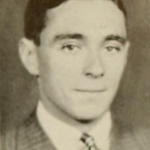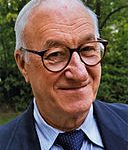Week Three
COGNITIVISM
Bloom’s taxonomy is the foundation for Cognitivism – Revised for the Cognitive domain
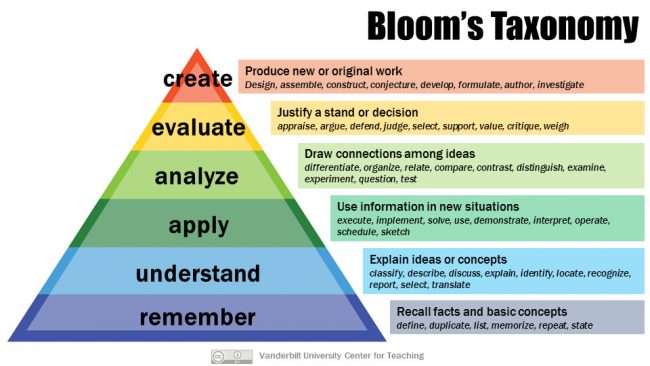
MAJOR THEORIES
Implications for Instructional Design:
Cognitive theory has a myriad of implications for Instructional Design.
For example, in the distance or computer-mediated learning space, many of the social aspects of collaborative learning have been painstakingly re-created for the online environment, through LMS tools such as discussion forums and remote group projects. The need for online students to be proactive in the absence of a physical location can be a barrier, but many online instructors schedule set meeting times or office hours with mandatory attendance, as one would in a traditional classroom, to try to mirror the experience, the same is true for assessment deadlines with peer review, giving the student a sense of comradery with their cohort of learners and gaining the opportunity to learn from the material and each other. Overcoming isolation and increasing “social presence” is a major goal for online experience designers and architects to their great success.
COGNITIVE LOAD THEORY
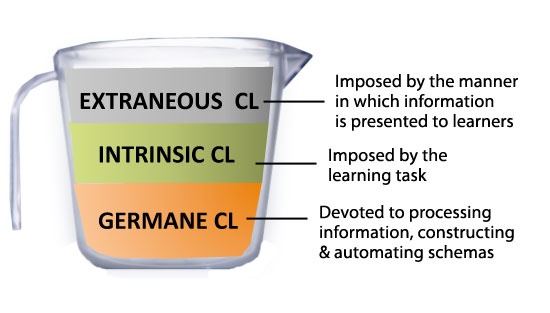
“Cognitive load theory (see Sweller, 1988, 1989) is concerned with the manner in which cognitive resources are focused and used during learning and problem-solving.” (Chandler & Sweller, 1991, p. 294). It is argued that cognitive load can be reduced for learners via instructional design” See the assignment prompts below, the first one is confusing, necessitating more mental effort than the second.
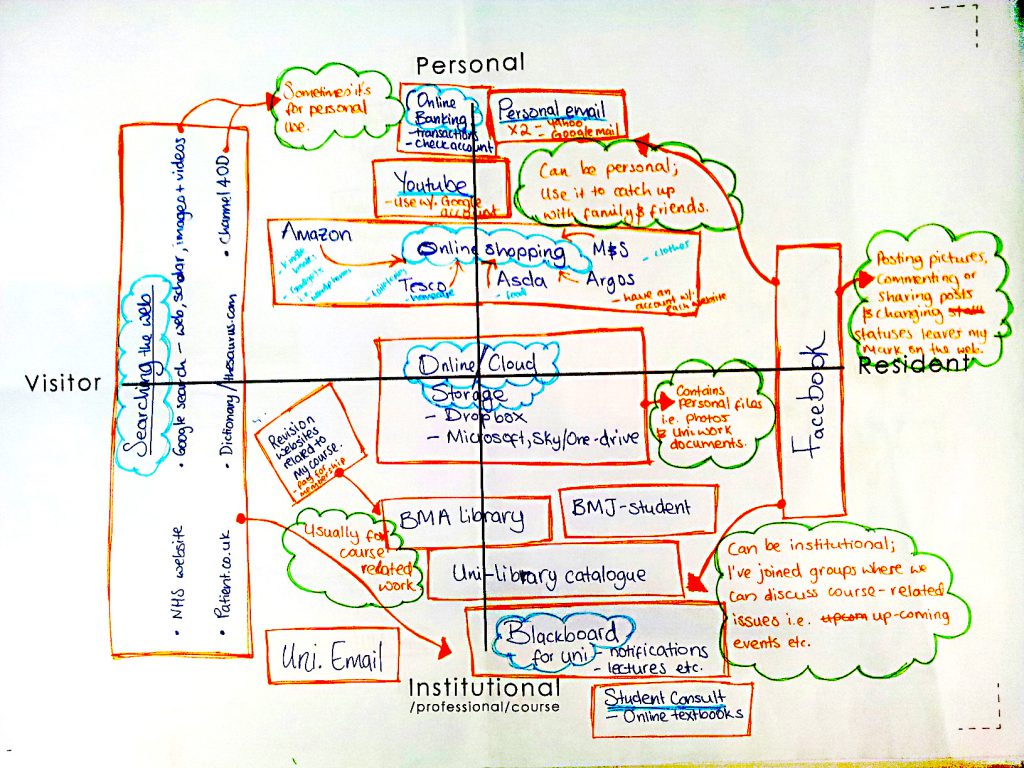
WORKS CITED
BLOOMS TAXONOMY
Mcdaniel, Rhett. “Bloom’s Taxonomy.” Vanderbilt University, Vanderbilt University, 10 June 2010, cft.vanderbilt.edu/guides-sub-pages/blooms-taxonomy/.
JEAN PIAGET
[url=https://commons.wikimedia.org/wiki/File:Piaget_jean.jpg][img]https://upload.wikimedia.org/wikipedia/commons/thumb/3/39/Piaget_jean.jpg/256px-Piaget_jean.jpg[/img][/url]
[url=https://commons.wikimedia.org/wiki/File:Piaget_jean.jpg]Piaget jean[/url]
Praagnya1830396, CC BY-SA 4.0 <https://creativecommons.org/licenses/by-sa/4.0>, via Wikimedia Commons
LEV VYGOTSKY
[url=https://commons.wikimedia.org/wiki/File:Lev-Semyonovich-Vygotsky-1896-1934.jpg][img]https://upload.wikimedia.org/wikipedia/commons/thumb/6/67/Lev-Semyonovich-Vygotsky-1896-1934.jpg/256px-Lev-Semyonovich-Vygotsky-1896-1934.jpg[/img][/url]
[url=https://commons.wikimedia.org/wiki/File:Lev-Semyonovich-Vygotsky-1896-1934.jpg]Lev-Semyonovich-Vygotsky-1896-1934[/url]
See page for author, Public domain, via Wikimedia Commons
JEROME BRUNER
[url=https://commons.wikimedia.org/wiki/File:Jerome_Bruner_1936.png][img]https://upload.wikimedia.org/wikipedia/commons/thumb/c/c9/Jerome_Bruner_1936.png/256px-Jerome_Bruner_1936.png[/img][/url]
[url=https://commons.wikimedia.org/wiki/File:Jerome_Bruner_1936.png]Jerome Bruner 1936[/url]
The Chanticleer 1936, Public domain, via Wikimedia Commons
ALBERT BANDURA
[url=https://commons.wikimedia.org/wiki/File:Albert_Bandura_Psychologist.jpg][img]https://upload.wikimedia.org/wikipedia/commons/thumb/c/cc/Albert_Bandura_Psychologist.jpg/256px-Albert_Bandura_Psychologist.jpg[/img][/url]
[url=https://commons.wikimedia.org/wiki/File:Albert_Bandura_Psychologist.jpg]Albert Bandura Psychologist[/url]
bandura@stanford.edu, CC BY-SA 4.0 <https://creativecommons.org/licenses/by-sa/4.0>, via Wikimedia Commons
COGNITIVE LOAD THEORY
Baker, A. (2016, June 22). Informational Processing Theory for the Classroom. OER Commons. from https://oercommons.org/authoring/14326-informational-processing-theory-for-the-classroom.
PERSONAL LEARNING NETWORK MAP – GRAPHIC
[url=https://commons.wikimedia.org/wiki/File:A_Visitors_%26_Residents_map_of_online_engagement.jpg][img]https://upload.wikimedia.org/wikipedia/commons/thumb/5/54/A_Visitors_%26_Residents_map_of_online_engagement.jpg/512px-A_Visitors_%26_Residents_map_of_online_engagement.jpg[/img][/url]
[url=https://commons.wikimedia.org/wiki/File:A_Visitors_%26_Residents_map_of_online_engagement.jpg]A Visitors & Residents map of online engagement[/url]
Health and Social Care student, CC BY 4.0 <https://creativecommons.org/licenses/by/4.0>, via Wikimedia CommonsHealth and Social Care student, CC BY 4.0 https://creativecommons.org/licenses/by/4.0, via Wikimedia Commons
JUST THE MAPPING – VIDEO
White, Dave. “Just the Mapping.” YouTube, 13 Sept. 2013, www.youtube.com/watch?v=MSK1Iw1XtwQ. License
Creative Commons Attribution license (reuse allowed)


